Contact us
@redringdesign
Traffic enforcement camera
Design and ergonomics
Stage #1
Task
We are working on a new design and ergonomics for the CyclopX violation camera. We are making a sealed IP67 enclosure with the possibility of changing the position of the inner equipment. There are restrictions on weight – no more than 1.5 kg – and on dimensions.
The device includes a sensor board with a lens, a computer, an IR spotlight (can be of a complex shape), a GPS receiver with an antenna, a power supply, auxiliary equipment. Optionally, a radar.
Outside, the camera has two LEDs to indicate the operation, windows for the lens, an IR spotlight, and mounts: on a pole and a tripod. A sun and rain protection visor and power and data connectors are also required. The requirements include assembly on bolts and good maintainability.
The camera is a rather complex device that must work in any weather. Therefore, a degree of protection against external mechanical shocks of the IK10, resistance to changes in temperature, humidity, and pressure, a high degree of fire safety, and protection of components from electric shocks are necessary. And the enclosure itself, due to the shape (fins or other methods), must provide passive heat removal from the internal components.
Similar complexes and their design:
The device includes a sensor board with a lens, a computer, an IR spotlight (can be of a complex shape), a GPS receiver with an antenna, a power supply, auxiliary equipment. Optionally, a radar.
Outside, the camera has two LEDs to indicate the operation, windows for the lens, an IR spotlight, and mounts: on a pole and a tripod. A sun and rain protection visor and power and data connectors are also required. The requirements include assembly on bolts and good maintainability.
The camera is a rather complex device that must work in any weather. Therefore, a degree of protection against external mechanical shocks of the IK10, resistance to changes in temperature, humidity, and pressure, a high degree of fire safety, and protection of components from electric shocks are necessary. And the enclosure itself, due to the shape (fins or other methods), must provide passive heat removal from the internal components.
Similar complexes and their design:
Stage #2
Sketches
The camera's shape is as close as possible to the parallelepiped. The body itself is without sharp corners, made of non-slip material. The color is light gray (RAL 7035) so that the device does not stand out against the background of the engineering infrastructure.
The challenge is determining the overall style and shape while leaving out specific details such as mounts and connectors. And without the built-in radar.
The challenge is determining the overall style and shape while leaving out specific details such as mounts and connectors. And without the built-in radar.

Next stage, add a couple of radar options.
Adjust the design: the case seems very smooth, installers will be uncomfortable holding it in their hands. The visor needs to be longer. And in general, you can take option B as a basis. But with adjustments. And more ergonomics, more.
We are taking this sketch as a basis, but we are excluding several LEDs and reducing the width to finalize the ribs and make other edits.

Stage #3
3D Modeling
We prepare documentation for prototyping.
Stage #4
Prototyping
Analysis of the prototype showed shortcomings: unstable material of the enclosure coating, deformation of the cover, too deep fastener wells, not the proper seal, and so on.
We finalize and submit the documentation for the second prototype.
The main disadvantages are violations of the tightness of the enclosure. It is because of the gaskets and because of the fasteners. In addition, the sealing method of the chamber's glass affects the tightness.
Again refinements and move on to the stage of QD stage.
We finalize and submit the documentation for the second prototype.
The main disadvantages are violations of the tightness of the enclosure. It is because of the gaskets and because of the fasteners. In addition, the sealing method of the chamber's glass affects the tightness.
Again refinements and move on to the stage of QD stage.
Stage #5
Design documentation
Additionally, a three-axis bracket for attaching the monoblock was designed:
Here's what the future camera will look like:
